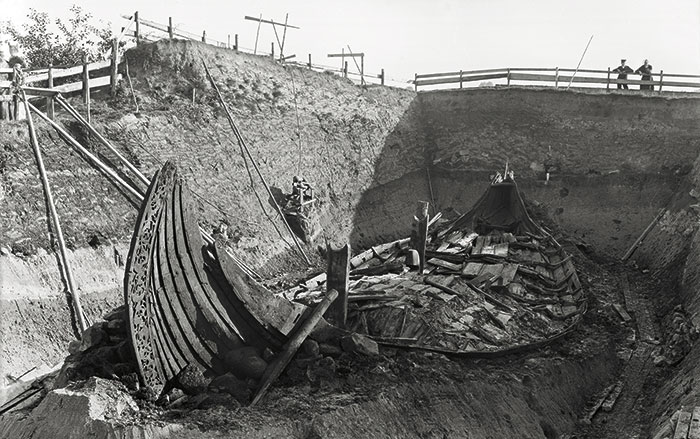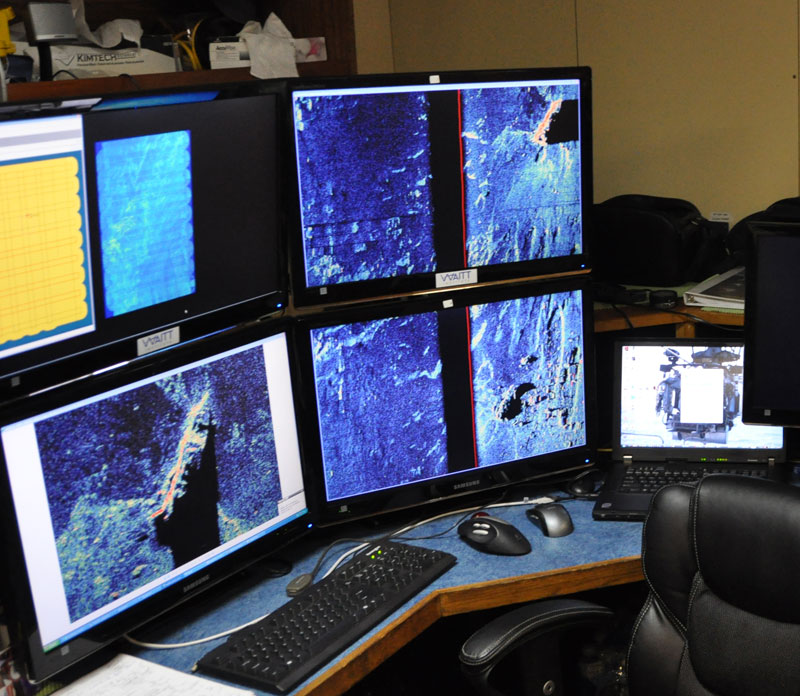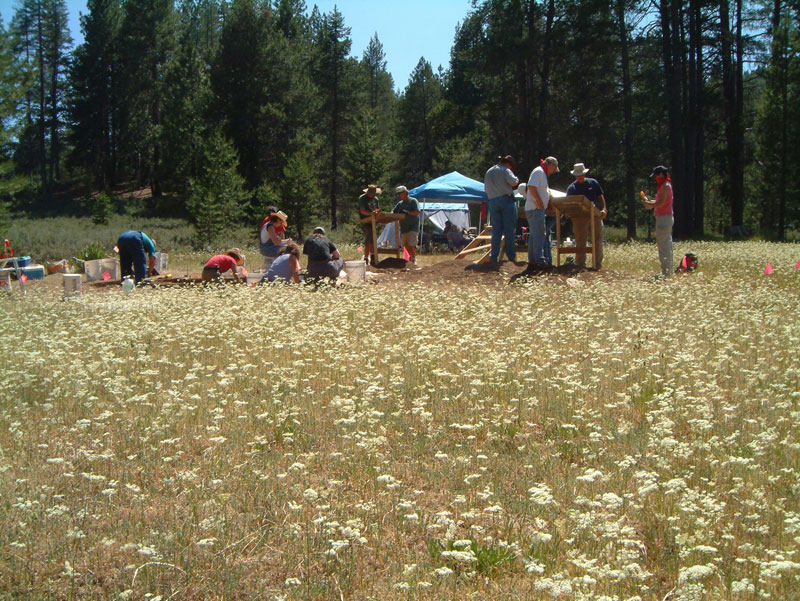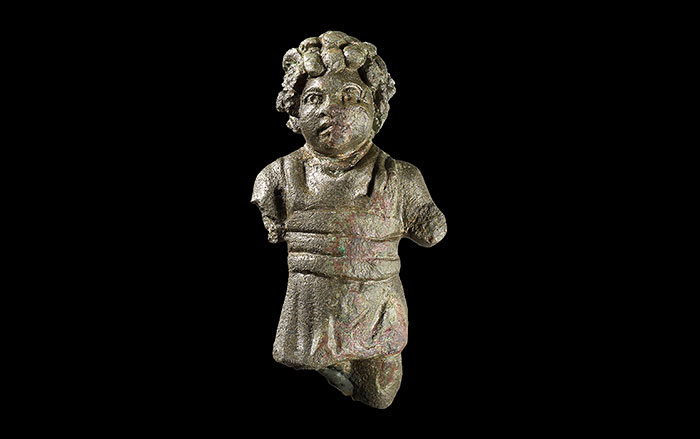
The transition from hunting and gathering in the Paleolithic period to sedentary agricultural lifestyles in the Neolithic may have been a long process, according to a research team working at Kharaneh IV, a 20,000-year-old site in Jordan. There, archaeologists uncovered the remains of two huts and plant and animal remains that show the site was occupied continually across a thousand-year time span—but only for several months at a time. The landscape is arid today, but back then it was grassland that provided stable food sources, including herds of gazelle, wild cereal grains and other plants, and small stands of trees that provided more food and hut-building materials. The study builds on evidence from other sites in Jordan and Israel. "We can actually say now, with evidence, that there was a widespread pattern of people staying put in larger groups, and starting to build the environment around them," says Lisa Maher of the University of California, Berkeley, one of the lead archaeologists on the project.










